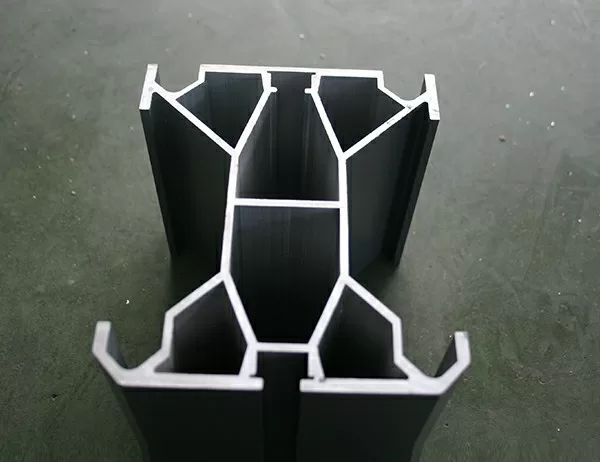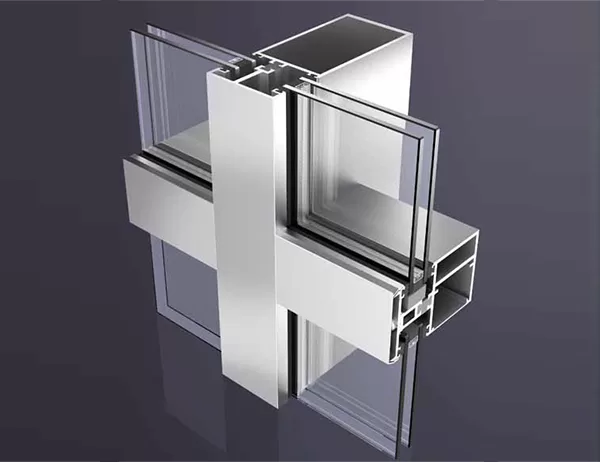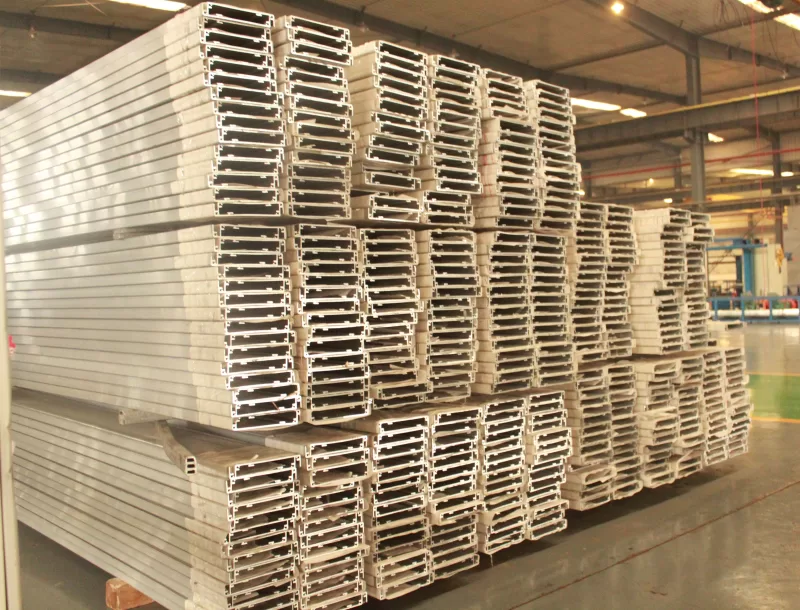Industrial aluminum profiles are versatile and lightweight materials that are widely used in various industries, including robotics. Their unique properties, such as high strength-to-weight ratio, corrosion resistance, and customizable shapes, make them ideal for a range of robotic applications. This article explores the innovative ways industrial aluminum profiles are revolutionizing the field of robotics.
Industrial aluminum profiles are exceptionally lightweight, contributing significantly to robotic systems’ overall efficiency and mobility. This is a crucial factor for robots designed for tasks requiring quick acceleration, precise movements, or extended operation. Moreover, aluminum’s high strength-to-weight ratio ensures structural integrity, allowing for robust and durable robotic systems.
Aluminum alloys exhibit excellent corrosion resistance, which is critical for robots operating in diverse environments. Exposure to moisture, chemicals, or extreme temperatures can lead to corrosion and premature failure in robotic components. Industrial aluminum profiles provide superior protection against these corrosive elements, ensuring extended service life and reliable performance.
The manufacturing process of industrial aluminum profiles allows for customization in terms of shape and dimension. This versatility enables engineers to create complex and tailored components that meet specific robotic design requirements. The ability to integrate intricate features and channels enhances system functionality and optimizes performance.
Heat generation is often a concern in robotic applications, as it can affect system efficiency and component longevity. Industrial aluminum profiles possess excellent thermal conductivity. By incorporating aluminum profiles into robotic designs, engineers can effectively dissipate heat, preventing temperature buildup and ensuring optimal system performance.
Industrial aluminum profiles find application in a wide range of robotic systems, including:
Collaborative Robots
Collaborative robots, known for operating alongside human workers, benefit from the lightweight and flexible design of aluminum profiles. These profiles contribute to compact and maneuverable robots, enabling seamless human-robot collaboration.
Mobile Robots
For mobile robots designed to navigate complex environments, the lightweight and durable nature of industrial aluminum profiles is essential. They provide structural stability, reduce energy consumption, and enhance the overall mobility of the robotic system.
Industrial Robots
Industrial robots utilized in automated processes require high precision and reliability. Aluminum profiles offer a robust framework for these robots, ensuring accurate movements, reduced vibrations, and extended operational life.
Industrial aluminum profiles have revolutionized the field of robotics by providing innovative solutions for lightweight, durable, and customizable systems. Their corrosion resistance, efficient heat dissipation, and flexibility make them ideal for various robotic applications, including collaborative, mobile, and industrial robots. As the demand for advanced robotics continues to grow, industrial aluminum profiles will play an increasingly significant role in shaping the future of this transformative technology.




